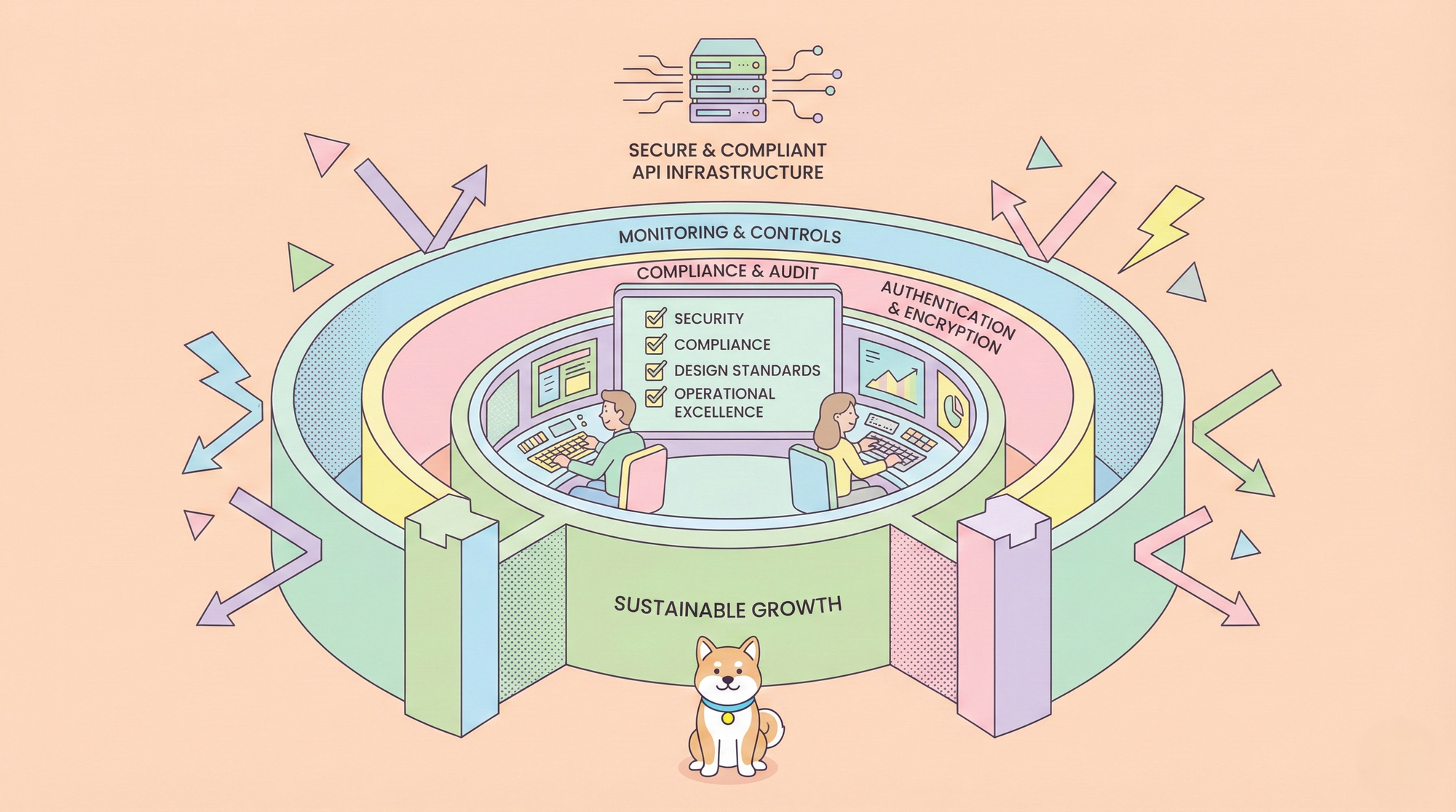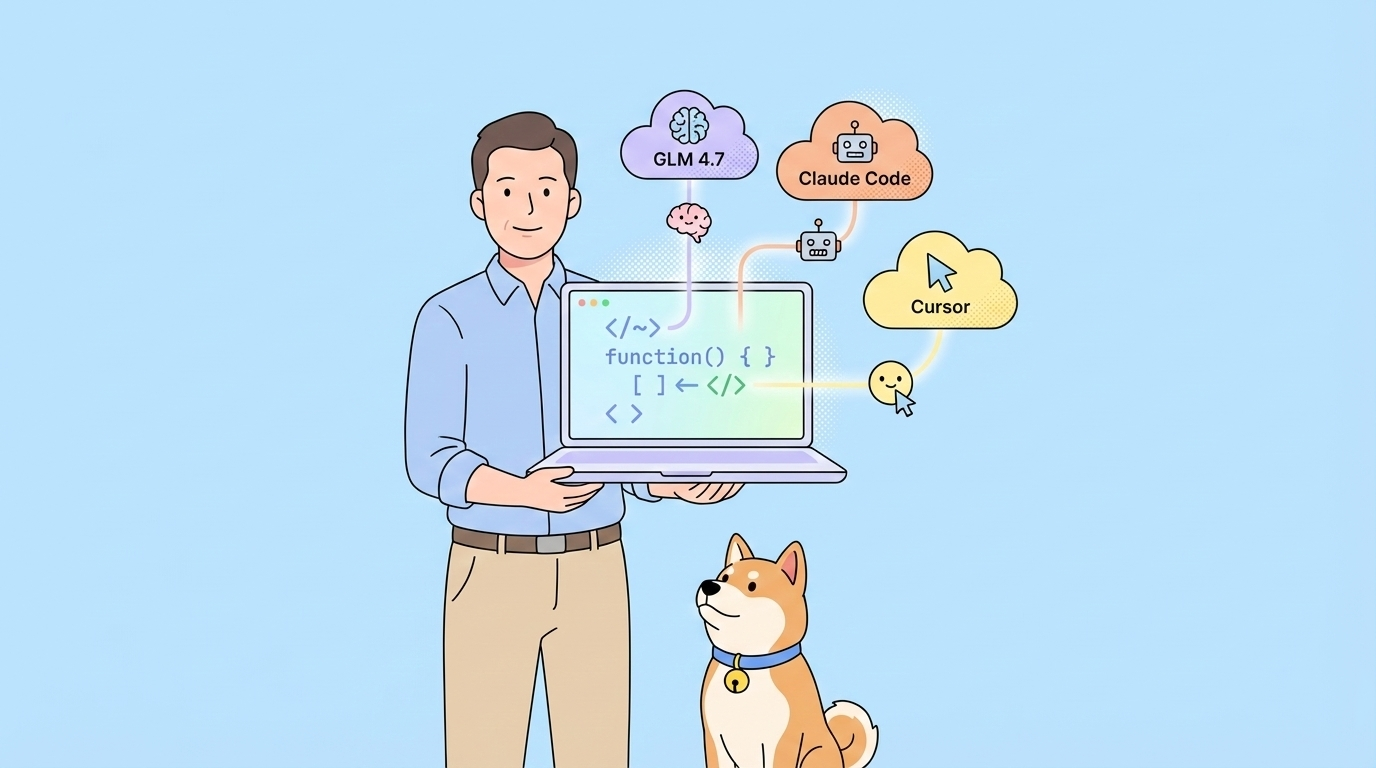In the dynamic world of Python development, managing dependencies and project environments is crucial for sanity and success. Imagine working on two different projects: one requires an older version of a popular library like requests, while the other needs the very latest features. Installing both system-wide would inevitably lead to conflicts, breakage, and frustration. This is precisely the problem Python virtual environments are designed to solve.
This tutorial will guide you through the fundamentals of Python virtual environments, focusing specifically on the activation process using the built-in venv module. We'll cover why they are essential, how to create them, and, most importantly, the step-by-step commands to activate them across different operating systems and shells.
Want an integrated, All-in-One platform for your Developer Team to work together with maximum productivity?
Apidog delivers all your demands, and replaces Postman at a much more affordable price!
What Exactly is a Virtual Environment? (And Why You Absolutely Need Them)
At its core, a Python virtual environment is an isolated directory tree that contains a specific Python installation and a collection of additional packages. Think of it as a self-contained bubble for your Python project.
Key Concepts:
- Isolation: When you create and activate a virtual environment, any packages you install (
pip install ...) are placed inside that environment's directory, not in your global Python installation. This prevents conflicts between projects that have different dependency requirements. Project A can userequests==2.20.0while Project B usesrequests==2.31.0without interfering with each other or your system's base Python setup. - Dependency Management: Virtual environments make managing project dependencies explicit and reproducible. You can generate a list of all packages (and their specific versions) installed in an environment (typically using
pip freeze > requirements.txt). This file can then be shared with collaborators or used in deployment pipelines to recreate the exact same environment elsewhere (pip install -r requirements.txt). - Version Control: While less common with
venvitself (which typically uses the Python version it was created with), the concept allows you to tie a project to a specific Python interpreter version available on your system during creation. More advanced tools build upon this for stricter Python version management. - Cleanliness: It keeps your global Python installation tidy. Only essential, globally needed tools (like
pipitself,venv, maybe linters or formatters if you prefer them globally) reside in the main site-packages directory. Project-specific clutter stays within the project's virtual environment.
The Problem Solved:
Consider this scenario without virtual environments:
- You install
CoolLib v1.0forProjectAlpha. - Later, you start
ProjectBetawhich requiresCoolLib v2.0(which has breaking changes from v1.0). - You upgrade
CoolLibglobally tov2.0. - Now,
ProjectAlphabreaks because it was built expectingCoolLib v1.0.
With virtual environments:
- Create
venv_alphaforProjectAlpha. Activate it. InstallCoolLib v1.0. Deactivate. - Create
venv_betaforProjectBeta. Activate it. InstallCoolLib v2.0. Deactivate.
Both projects work perfectly, using their own isolated copies of CoolLib at the required versions.
Introducing venv: Python's Built-in Solution
Since Python 3.3, the venv module has been included in the standard library, making it the recommended way to create lightweight virtual environments. Before venv, the virtualenv package was the go-to third-party solution (and it still offers some extra features), but for most common use cases, venv is sufficient and readily available.
Step 1: Creating Your Virtual Environment
Before you can activate an environment, you need to create one. This is done using the venv module, executed via the -m flag with your desired Python interpreter.
Open your terminal or command prompt, navigate to your project's root directory, and run the following command:
# For Linux/macOS
python3 -m venv <environment_name>
# For Windows (often just 'python' works)
python -m venv <environment_name>
Explanation:
python3orpython: Specifies the Python interpreter you want the virtual environment to be based on. If you have multiple Python versions installed, be explicit (e.g.,python3.11 -m venv ...).-m venv: Tells Python to run thevenvmodule as a script.<environment_name>: This is the name you choose for the directory that will hold your virtual environment files. Common conventions include:venv.venv(The leading dot often hides the directory by default in *nix systems and signals to some tools that it's metadata. This is a widely adopted standard.)env.env
Let's use .venv as our example name:
# Linux/macOS
python3 -m venv .venv
# Windows
python -m venv .venv
After running this command, you'll see a new directory named .venv (or whatever name you chose) in your project folder.
Inside the Virtual Environment Directory:
If you look inside the .venv directory, you'll find a structure like this (details vary slightly between OS):
bin/(Linux/macOS) orScripts/(Windows): This is the crucial directory containing the Python executable specific to this environment, thepipexecutable linked to this environment, and importantly, the activation scripts (activate,activate.bat,Activate.ps1, etc.).include/: Contains C header files for compiling Python extension modules (less relevant for basic usage).lib/(Linux/macOS) orLib/(Windows): Contains a copy or symlink of the Python standard library and, critically, thesite-packagessubdirectory where packages installed into this environment will reside.pyvenv.cfg: A configuration file specifying options used to create the environment, like the base Python interpreter used.
Step 2: Activating the Virtual Environment (The Main Event!)
Creating the environment sets up the structure, but activating it modifies your current shell session to use that environment's Python interpreter and packages by default. Activation essentially prepends the environment's script directory (.venv/bin or .venv/Scripts) to your shell's PATH environment variable.
The exact activation command depends on your Operating System and the Shell you are using.
A. Windows:
Command Prompt (cmd.exe):
- Navigate to your project directory containing the
.venvfolder. - Run the
.batscript:
.venv\Scripts\activate.bat
PowerShell:
- Navigate to your project directory.
- Run the
.ps1script:
.venv\Scripts\Activate.ps1
- Important Note on Execution Policy: By default, PowerShell might prevent running scripts for security reasons. If you see an error like "...cannot be loaded because running scripts is disabled on this system," you might need to change the execution policy for your current session or user. A common (but use with caution, understand the security implications) command is:
Set-ExecutionPolicy -ExecutionPolicy RemoteSigned -Scope CurrentUser
You might need to run PowerShell as Administrator to change policies. Consult PowerShell documentation for details on execution policies. Often, just running .venv\Scripts\Activate.ps1 directly works if the policy allows it.
Git Bash (or other Bash-like shells on Windows):
- Navigate to your project directory.
- Use the
sourcecommand (similar to Linux/macOS):
source .venv/Scripts/activate
(Note the forward slashes and the lack of a file extension).
B. macOS / Linux:
Bash or Zsh (Common defaults):
- Navigate to your project directory.
- Use the
sourcecommand:
source .venv/bin/activate
Fish Shell:
- Navigate to your project directory.
- Fish uses a different activation script:
source .venv/bin/activate.fish
Csh or Tcsh:
- Navigate to your project directory.
- Use the
.cshscript:
source .venv/bin/activate.csh
How Do You Know It's Activated?
The most immediate sign that you've successfully activated the virtual environment is a change in your shell prompt. The name of the environment (e.g., (.venv)) will typically appear at the beginning of the prompt line:
# Before activation (example)
user@hostname:~/my_project$
# After activation (example)
(.venv) user@hostname:~/my_project$
This prefix instantly tells you that your shell session is currently operating within the specified virtual environment. Any python or pip commands you run now will use the executables and packages inside .venv.
You can verify this:
# Check which Python executable is being used
which python # Linux/macOS
where python # Windows (cmd/powershell)
# Check which pip is being used
which pip # Linux/macOS
where pip # Windows (cmd/powershell)
The output should point to the paths inside your .venv directory.
Step 3: Working Inside the Activated Environment
With the environment active, you can now:
- Install packages: Packages install only into the active environment.
(.venv) $ pip install requests
(.venv) $ pip install flask pandas numpy
- Check installed packages: See what's specific to this environment.
(.venv) $ pip list
(.venv) $ pip freeze
(pip freeze gives output suitable for requirements.txt).
- Run Python scripts: Your script will use the environment's Python interpreter and installed packages.
(.venv) $ python my_script.py
Step 4: Deactivating the Virtual Environment
When you're finished working on your project within the virtual environment, you can deactivate it to return your shell session to normal, using your system's default Python installation.
Simply run the command:
(.venv) $ deactivate
This command works universally across all the shells and operating systems mentioned above once the environment is active.
After running deactivate, you'll notice:
- The
(.venv)prefix disappears from your shell prompt. - Running
which python/where pythonwill now point back to your global Python interpreter.
Best Practices Recap
- Name: Use
.venvorvenv..venvis increasingly standard. - Location: Create the environment directory directly within your project's root folder.
- .gitignore: Crucially, add your virtual environment directory name to your project's
.gitignorefile. This prevents you from accidentally committing gigs of installed packages to version control. Yourrequirements.txtfile is what should be committed.
# .gitignore
.venv/
- One per project: Typically, each distinct project gets its own virtual environment.
- Requirements File: Maintain a
requirements.txt:
# To generate/update
(.venv) $ pip freeze > requirements.txt
# To install from file in a new environment
(.venv) $ pip install -r requirements.txt
Troubleshooting Common Activation Issues
- "Command not found" / "No such file or directory":
- Are you in the correct directory (the one containing the
.venvfolder)? - Did you type the path correctly (
.venv/bin/activatevs.venv\Scripts\activate.bat)? Check slashes vs backslashes. - Are you using the right command for your shell (
sourcefor bash/zsh/fish, direct path for cmd,.ps1for PowerShell)? - PowerShell Execution Policy Error: See the PowerShell activation section above regarding
Set-ExecutionPolicy. Be cautious and understand the implications before changing security settings. - Permissions Denied: Ensure the activation scripts have execute permissions (usually set correctly by
venv, but check withls -lon Linux/macOS if needed).
Conclusion
Activating a Python virtual environment is a fundamental skill for any Python developer. It's the gateway to effective dependency management, project isolation, and reproducible builds. While the exact command varies slightly depending on your OS and shell, the core process involves navigating to your project, running the appropriate activation script (usually found within .venv/bin/ or .venv/Scripts/), and confirming activation via the modified shell prompt. Once mastered, using venv becomes second nature, enabling cleaner, more reliable, and conflict-free Python development workflows. Make it a habit for every new Python project you start!
Want an integrated, All-in-One platform for your Developer Team to work together with maximum productivity?
Apidog delivers all your demands, and replaces Postman at a much more affordable price!



